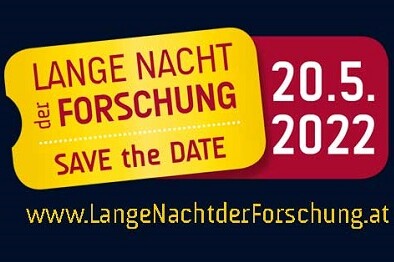Despite the ongoing Corona virus pandemic, a Physics Olympics course leaded by Mr. Haberbauer could take place in school year 2021/2022 in our school.
After a few days of searching for new, young and enthusiastic participants, we could finally start at the beginning of October 2021 with eleven curious scientists to meet up every second Friday afternoon from a quarter to two to half past four in the Physics room. During the voluntary homeschooling in December, the students were connected via Microsoft Teams video meetings in order to collaborate in remote as effectively as possible.
On the one hand, the participants dealt with several more or less difficult exercises out of the different physical disciplines. In addition to the theory, they conducted and did experiments, but also had a look at the processes behind that explain different usual and unusual phenomena according to our slogan „Everything happens for a reason, and that reason is usually Physics.“.
In order not to overtax our new and rather unexperienced physicists from fifth grade, a wide range of tasks with different levels of difficulties were offered to choose between. While the younger participants tried to solve former course competitions, their elder colleagues had a look at the regional and countrywide contests.
As every year, the Physics Olympics course competition on Friday before the half-term holidays (February 18th, 2022) was the conclusion of an amazing and highly interesting course. In it, the competitors had to solve tasks out of the categories Mechanics, Electricity and Optics, some even had the opportunity to find out the spring constant of a rubber ring by measuring the weight of the metal cylinders and the diameter of the expanded rubber ring. After Mr. Haberbauer had evaluated the exams, he could happily announce that Michael Himmelbauer (7a, first place), Jonas Untersperger (7a, second place) and Elias Leitinger (7b, third place) had qualified for the regional competition of Upper Austria. The other candidates Sarah Diregger (6a), Florian Nowitzki (7a), Oliver Kovacs (7b), Evelyn Herrmann (5b) and Moritz Kolb (5b) could achieve respectable results as well.
After the well-deserved half-term holidays with more or less private preparation at home, the three students (mentioned above) took part in the Upper Austrian Physics Olympics regional competition on Tuesday, March 1st, 2022. Due to the Corona pandemic, it had to take place in the course schools again (as the year before) as a replacement for the traditional event in Linz. The tasks and materials for the experiment were sent to the schools in advance. Within a worktime of four hours, the candidates had to solve challenging exercises out of the disciplines Mechanics (opening a door with the help of a rope), Electricity (generating voltage by using solar panels) and Optics (lenses, bar grid), the experiment was out of the category Electricity. By charging and discharging, the capacity of a capacitor had to be calculated. Furthermore, a voltage was produced in a rather tiny solar panel with the help of a little LED, its effects on the flow had to be investigated.
After a stressful afternoon of correcting the calculations and submitting the results to the regional coordinator in Linz, we happily received a message that Michael Himmelbauer (7a) won a first prize, that is why he qualified for the countrywide competition 1 on March 14th, 2022, Elias Leitinger (7b) reached a third prize, Jonas Untersperger (7a) could achieve a respectable ranking as well.
In representation for all participants, I would like to thank Mr. Haberbauer for his patience and efforts throughout an exhausting, but also fascinating year of Physics Olympics!
written by Michael Himmelbauer

